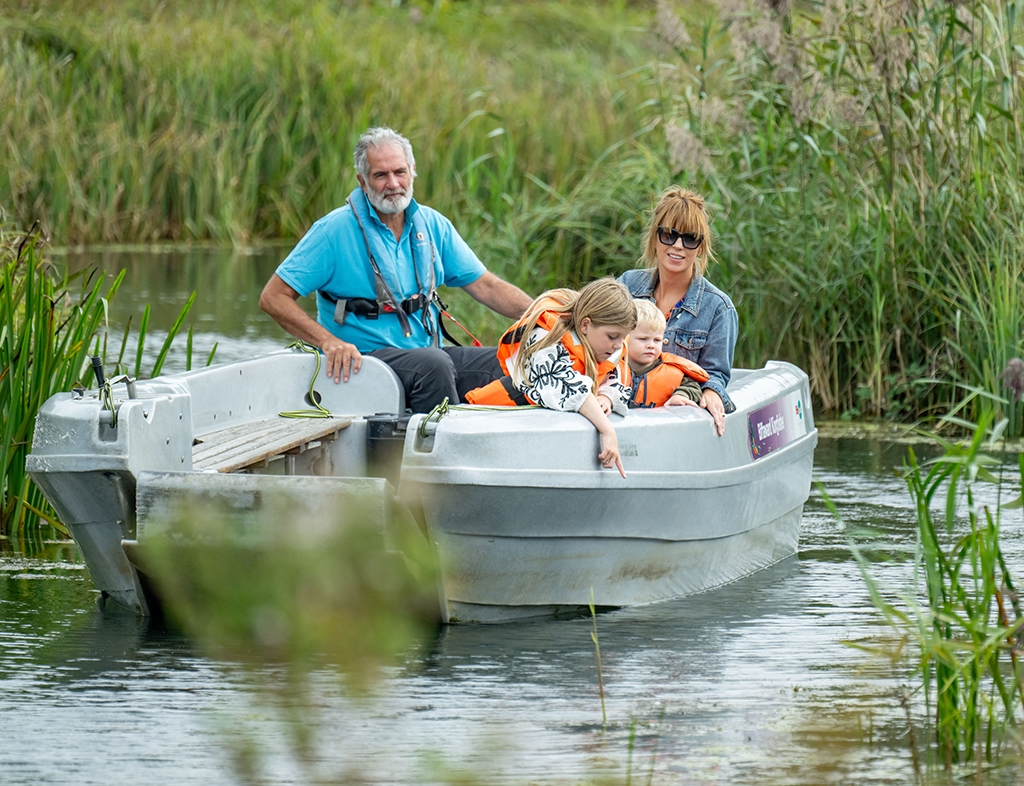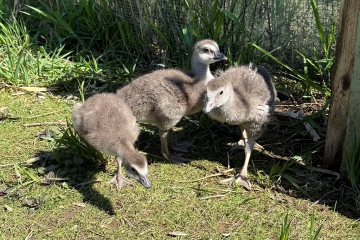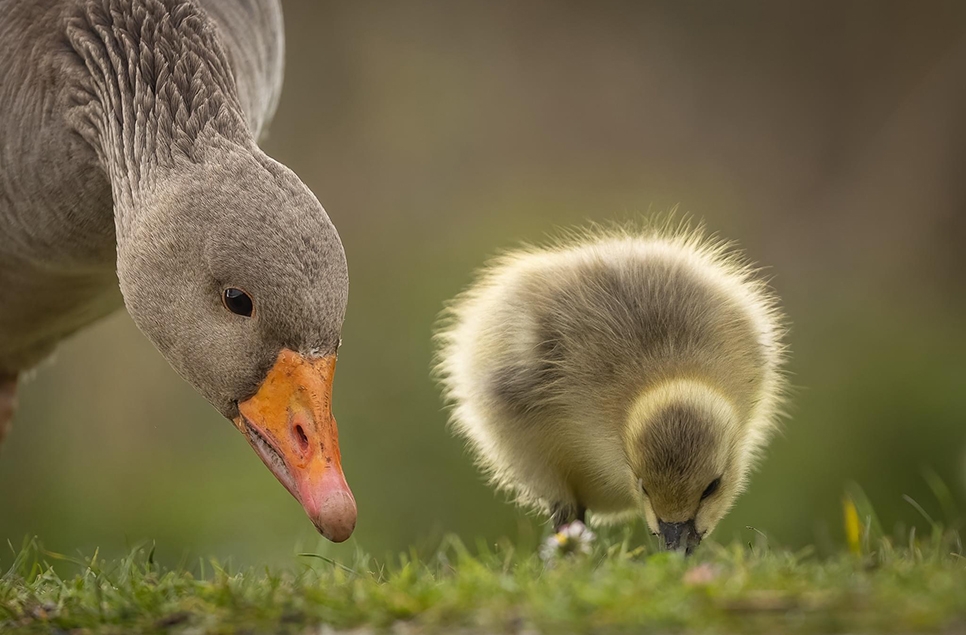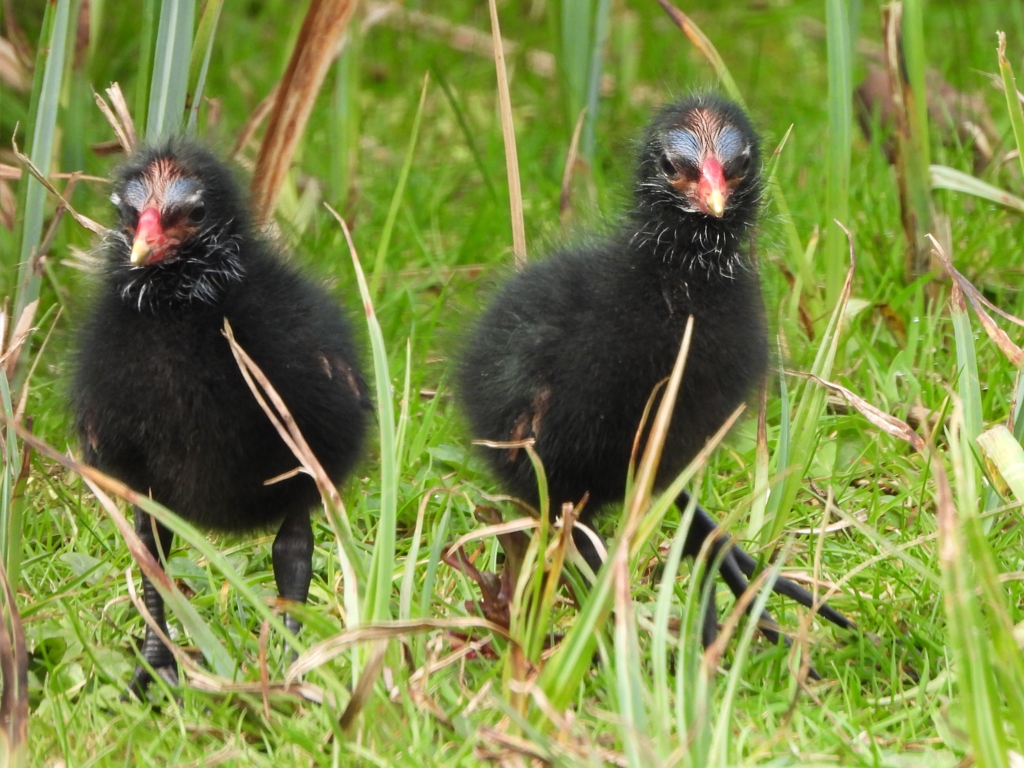Spring surveys show an abundance of wildlife
This month, the reserve is bristling with life! Our surveys show that some warm weather in April with more predicted mid-month is proving a boon t wetland wildlife at WWT Arundel.
One of the most exciting days so far this spring was 1st May when we saw a Wood Sandpiper and three Lapwing chicks from the Ramsar hide, an Osprey fly over the reserve, and the first sound of a Cuckoo. Cuckoos use Reed Warbler nests here, and with around 10 Reed Warblers heard so far, Cuckoos have plenty of choice. Other warblers on site include Sedge, Cetti’s and Willow Warbler, Blackcap, Chiffchaff, Whitethroat and Lesser Whitethroat.
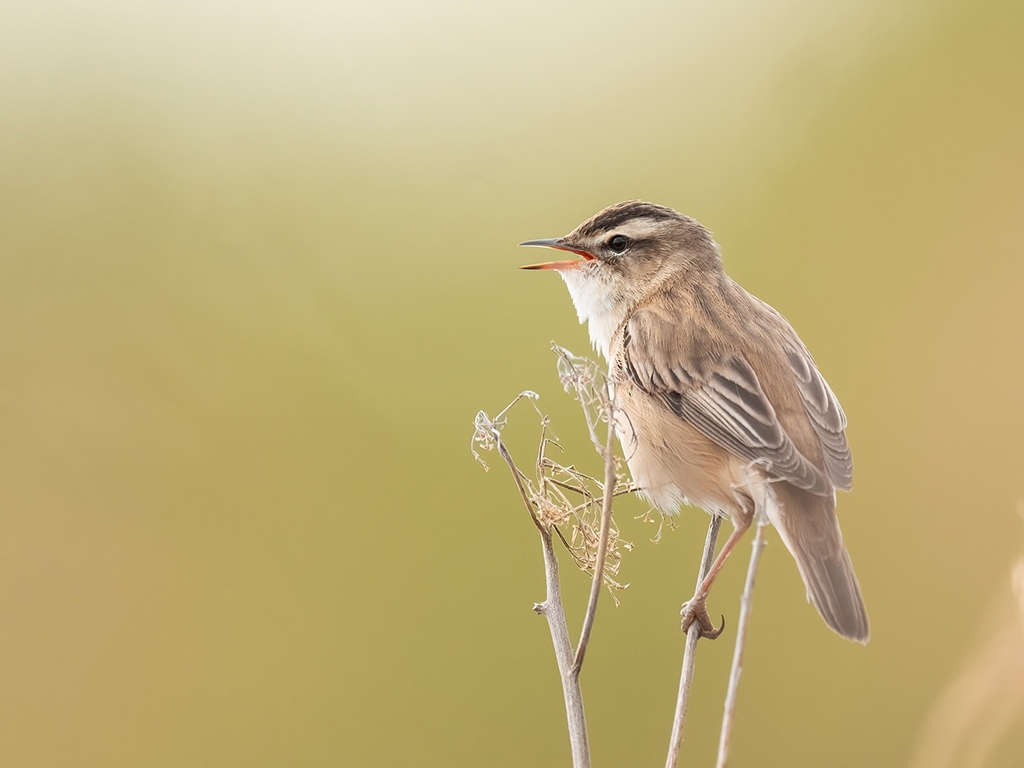
Sedge Warbler snapped by visitor Alec Pelling at Arundel
Toad Tadpoles
Our Toad Patrols on Mill Road, made up of WWT staff and volunteers helped a total of 473 Common Toads, 223 Smooth Newts, and 358 Palmate Newts across the road in the evenings during February and March. We are now seeing thousands of toad tadpoles in our entrance pond, much to the delight of our visitors.
Now that its spring our wildlife survey season is well underway. This is a very important part of the work we do on the Reserve. Species monitoring not only shows whether our land management is working in the way it should, but also helps to identify long term trends, including declines and new species.
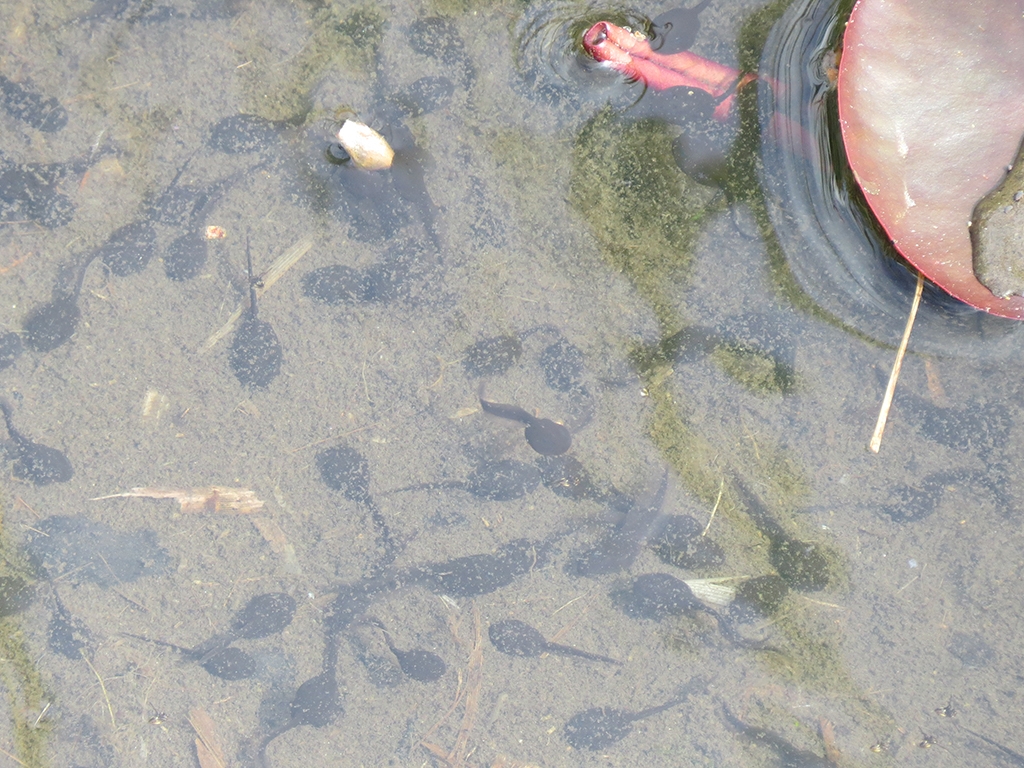
Toad tadpoles in the entry boardwalk pond this month at WWT Arundel
Early Damsels & Dragons
The warmer weather has brought an earlier emergence of dragon and damselfly species. On our recent Dragonfly and Damselfly survey we recorded Large Red, Azure, Common Blue, Blue-tailed and Red-eyed damselfly all on the wing, as well as Hairy Dragonfly and Downy Emerald dragonfly.
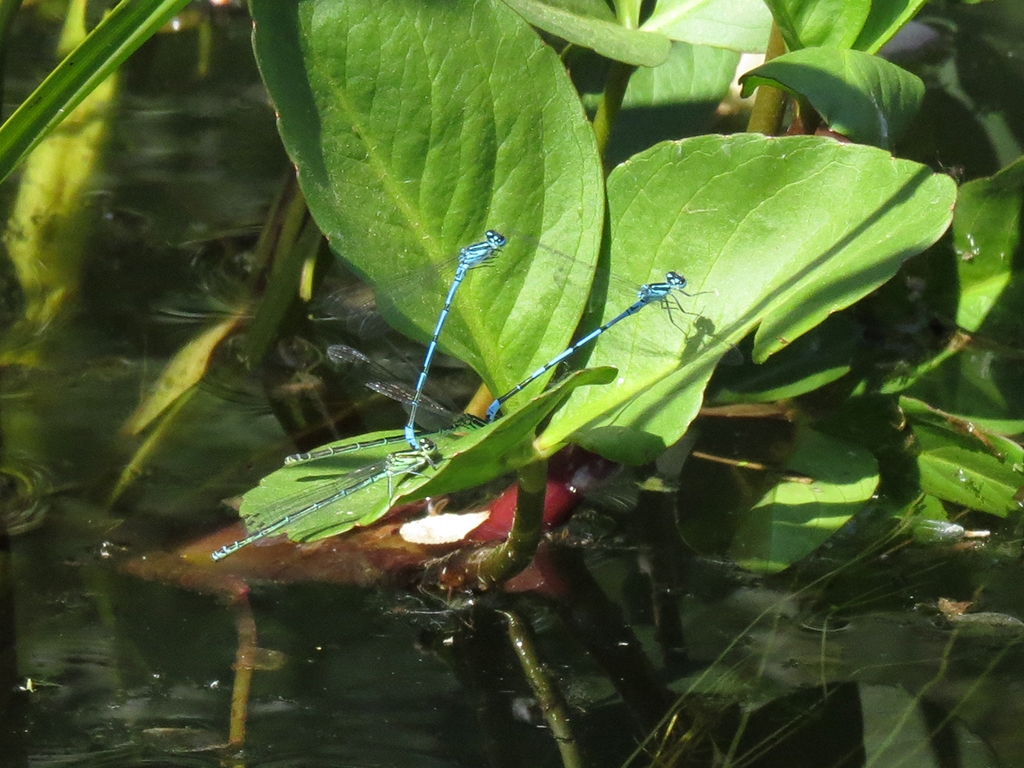
Blue damselflies on the Raised Pond This May
Butterflies and Moths
We monitor butterflies too, and among the expected Orange tips, Brimstone and Whites were a Dingy Skipper and a Painted Lady. The Painted Lady is a migratory butterfly that migrates to the UK from tropical Africa through successive generations en route, in a kind of “migration relay”. This species’ migration is around a 9,000 mile round trip, undertaken by up to six generations.
A moth trap for our survey at the end of April caught 26 species of moth. We will see more species as the season progresses. The reserve team are hosting another Moth Morning for visitors on 14th May, which are always very popular with our visitors. You can book online on our events page here
Sand martins, nightingale and harriers
There are currently around 80+ Sand Martins on site (probably more, but they are not the easiest bird to count!), with some on eggs and others still gathering nest material to ensure maximum comfort in the chambers of the Sand Martin hide.
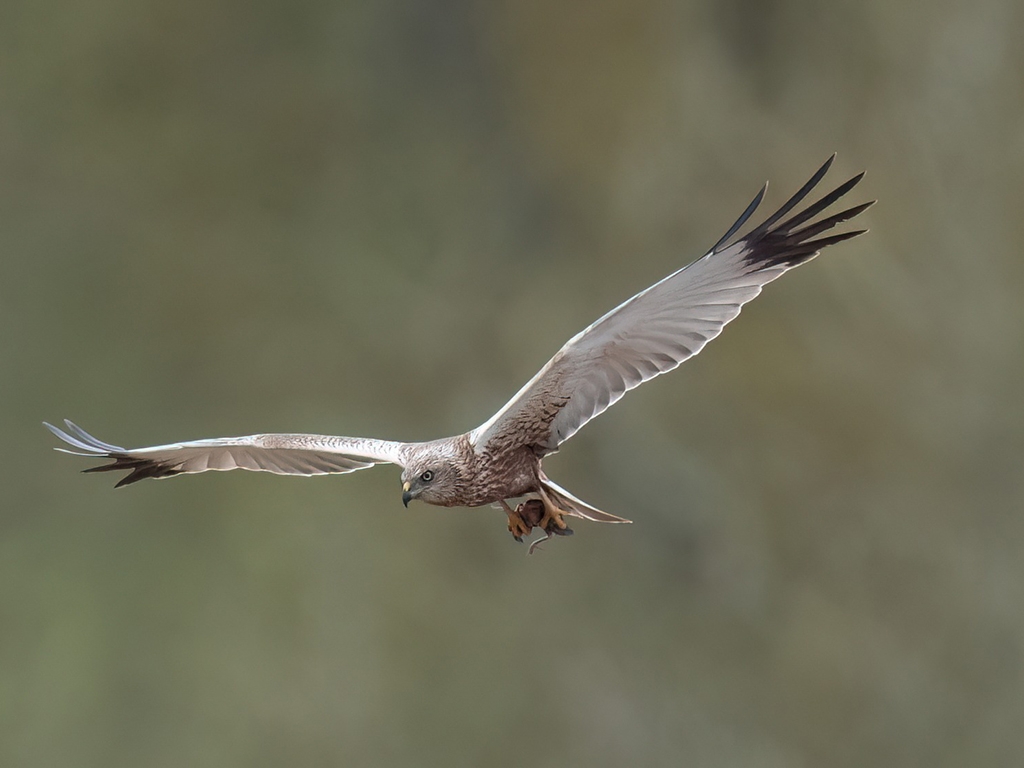
Male marsh harrier with prey in April 2025 photographed by Alec Pelling
Water Voles and Dormice
Our Water Vole surveys are showing very low usage of the artificial latrines we use to track activity. The exciting news is we laid eyes on a Water Vole in our reedbed. The first Dormouse survey of the season showed a promising looking nest in one of the purpose built dormouse nesting boxes, however, many of the boxes have already been taken over by Blue and Great Tits as well as Wrens and a couple of Yellow-necked mice! Our team will be deploying more of the black footprint tunnels that hang in the hedgerow this year, to confirm presence of Dormice in key locations.
Our bat surveys since the beginning of April have shown Common, Soprano and Nathusius’ Pipistrelle, Noctule, Serotine and Daubenton’s bat, with Soprano pips and Daubenton’s performing well for a recent public bat walk on .April 16th.
Ducklings
Pochard ducklings have been seen from the Scape hide, which makes a change from the abundance of Greylag and Canada goslings! We have been hearing a Nightingale from the Scrape hide, who seems to be holding territory at the back of the Lost Reedbed. We are still seeing a pair of marsh harriers in early morning and in the afternoons but we can't be sure they are nesting.
Wetland plants in flower in this May include Ragged Robin, Cowslip, Yellow Flag, Herb Robert, Marsh Marigold, Cow Parsley and Germander Speedwell. The hawthorn blossom seems particularly spectacular this year.
